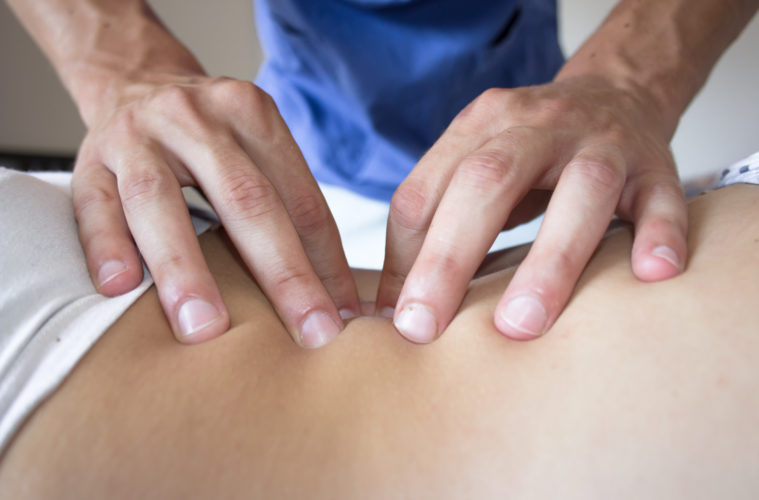Anxiety disorders are a very popular diagnosis affecting 3 million individuals in the UK alone. High levels of concern can cause a chronic stress response in the body which affects both physically and psychologically.
The psychological result of anxiety is common and it is essential to talk to explore the option of osteopathy treatment. Osteopathy specialists CBR Clinics will be able to assist you in addressing anxiety causes and increase coping techniques to avoid long-term anxiety negatively affecting your health.
Anxiety can also show physical symptoms in the body. Here is a list of the main 3 physical side-effects:
1) Headaches
Two types of headaches: tension headaches which provokes pain at the back of the head and a tight ‘band-like’ feeling at the temples; and cervicogenic headaches which go from one side of the neck to the back of the eye of the same side. As a result of stress, the blood flow is limited and this can affect other areas, such as upper shoulders, neck and back of skull. Making use of deep tissue method, osteopathy can increase blood flow and decreases knots.
2) Chest tightness
As a stress reaction, the heart and breathing rates increase. The body improves the ‘accessory respiratory’ muscles which are situated at the neck, upper chest and back. This is partly responsible for the panicky feeling of breathlessness and can provoke chest pain and tightness. Osteopathy may work by using deep breathing activities with the patient and stimulate them to use the diaphragm.
3) Insomnia
Situated in the thoracic spine (middle back), the sympathetic nervous system can be extremely hard to turn off, which can worsen any sensation of anxiety. During the osteopathy process, the professional will look for any debilitated region and will work to stimulate the activation of the parasympathetic nervous system. Situated in the brain and lower back, this system is used to boost a slower heart and breathing rate, decreasing blood pressure and stimulating sensation of relaxation.
Throughout your first osteopathy session, the professional with ask about your symptoms, health and other medical care you are getting before accomplishing a physical analysis.
Osteopaths are qualified to diagnose when a patient needs to be directed to a GP or needs additional tests like MRI scans or blood tests.
Osteopathy Methods
An osteopath’s goal is to recover the normal function and stability of the joints to assist the body recover itself and use their hands in the following ways:
- Massage – to clear and relax muscles
- Stretching rigid joints
- Articulation- where your joints moved over their natural range of motion
- High-velocity thrusts- short, sharp movements to the spine
These methods aim to decrease pain, develop movement and stimulate blood flow.
Osteopathy is not painful but you may feel sore or rigid in the first few days after treatment, especially when a painful or inflamed injury is being treated.
The first appointment can last up to an hour and additional treatments last about 30-40 minutes. The progress of the treatment will depend on your symptoms.




